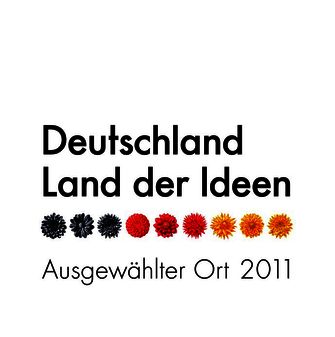Aluminium – Addendum: Reevaluierung des BAT-Wertes und Evaluierung einer Schwangerschaftsgruppe zum BAT-Wert
Beurteilungswerte in biologischem Material
Sandra Michaelsen1Wobbeke Weistenhöfer2
Rüdiger Bartsch1
Nadine Hund1
Gerlinde Schriever-Schwemmer1
Hans Drexler2 (Leitung der Arbeitsgruppe „Beurteilungswerte in biologischem Material“ der Ständigen Senatskommission zur Prüfung gesundheitsschädlicher Arbeitsstoffe, Deutsche Forschungsgemeinschaft)
Andrea Hartwig1 (Vorsitz der Ständigen Senatskommission zur Prüfung gesundheitsschädlicher Arbeitsstoffe, Deutsche Forschungsgemeinschaft)
MAK Commission3
1 Institut für Angewandte Biowissenschaften, Abteilung Lebensmittelchemie und Toxikologie, Karlsruher Institut für Technologie (KIT), Adenauerring 20a, Geb. 50.41, 76131 Karlsruhe, Deutschland
2 Friedrich-Alexander-Universität Erlangen-Nürnberg, Institut und Poliklinik für Arbeits-, Sozial- und Umweltmedizin, Henkestraße 9–11, 91054 Erlangen, Deutschland
3 Ständige Senatskommission zur Prüfung gesundheitsschädlicher Arbeitsstoffe, Deutsche Forschungsgemeinschaft, Kennedyallee 40, 53175 Bonn, Deutschland
Abstract
The German Senate Commission for the Investigation of Health Hazards of Chemical Compounds in the Work Area (MAK Commission) re-evaluated the data for aluminium [7429-90-5] to verify the biological tolerance value (BAT value) of 50 μg aluminium/g creatinine in urine and assign it to a pregnancy risk group. Relevant studies were identified from a literature search. In the previous evaluation, neurotoxic effects were considered the most sensitive systemic endpoint of aluminium and a BAT value of 50 μg aluminium/g creatinine was derived from a no observed adverse effect level (NOAEL) of 50 μg/g creatinine for the occurrence of preclinical neurotoxic effects in humans, which was determined by standardised neuropsychological test procedures in workplace studies. As the BAT value is thus well-founded and there are no more recent data that would call this into question, the BAT value for aluminium is confirmed. Sampling time is at the end of the shift, for long-term exposures after several previous shifts. There are no reliable studies available to assess the developmental toxicity and developmental neurotoxicity of aluminium compounds in humans. There is no evidence that children are more sensitive to aluminium-induced neurotoxic effects than adults. In animal studies, aluminium concentrations in the urine of pregnant animals have not been determined and it is not known at which blood concentration developmental toxic or developmental neurotoxic effects occur in animals. There are also uncertainties regarding the transfer of animal data to humans. Therefore, a reliable risk assessment for developmental toxicity and developmental neurotoxicity is not possible and with regard to the BAT value of 50 µg aluminium/g creatinine, aluminium is assigned to Pregnancy Risk Group D.




